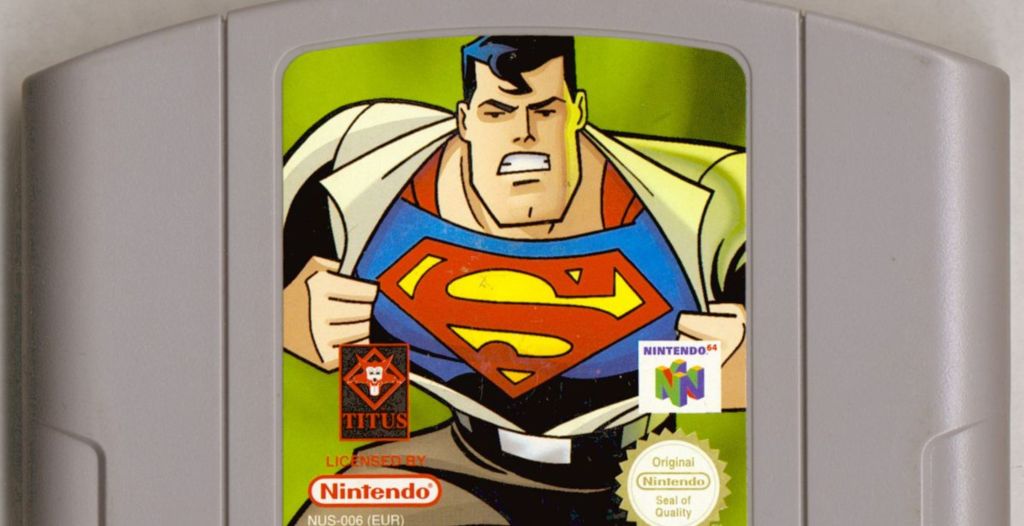Nobody expected FTL, a hardcore roguelike where players try (and usually fail) to guide a spaceship back to headquarters, to be such a massive success, especially not FTL developer Subset Games. It’s been more than four years since FTL was released, but it was only two weeks ago that Subset Games got around to announcing their next game, the mech-and-monsters Into the Breach.
Subset Games has kept busy, though. FTL: Advanced Edition, released as a free update in April 2014, brought new mechanics and complexity to FTL, and the game was ported to iPad.
Videos by VICE
And while it might be hard to remember, the final months of FTL‘s development were funded by a Kickstarter campaign way back in February 2012, not long after Double Fine helped put the service on the map for video game fans. They asked for $10,000, but ended up with $200,542.
“Having a successful project has changed a number of things,” said Subset Games co-founder and FTL designer Justin Ma, during a recent email interview. “Being able to self-fund means we can take our time and maintain better work-life balance compared to FTL‘s development. However, it brings new stress, too. We went through a period of a ‘sophomoric slump’ where we were a bit paralyzed figuring out what game to work on next.”
Into the Breach, set in a world where kaiju-like creatures have emerged from the ground, looks like a delicious mix of Front Mission and Advance Wars.
To answer the most burning question about Into the Breach: Ma described the mechs as “somewhere between Mechwarrior’s Mechs and Front Mission’s Wanzers.”
This wasn’t the first game they settled on, though. Before their “sophomoric slump,” Ma and his development partner, Matthew Davis, took a few months off; it’d been a busy few years. The two began prototyping ideas on their own, rather than immediately collaborating. They would show one another the projects, though, and eventually, one idea called out to both of them. Over the next few months, they poked, prodded, and stretched the prototype to make sure it fit.
“Whether or not fans of FTL will like our next game is big a concern,” said Ma. “In the end, we’re doing our best to ignore the success of FTL and focus on just trying to make a game that we would want to play.”
Into the Breach was directly inspired by blockbuster movies where the good guys ostensibly save the world from one threat or another, while brazenly busting up the cities around them. (Last year’s Batman v Superman: Dawn of Justice built off this reaction to Man of Steel, though it didn’t really work.)
“No one seems to care or notice the destruction despite millions of people likely having been killed,” said Ma. “We wanted to make a game where the defense of the city is the highest priority.”

All images courtesy of Subset Games
Once they’d settled on that basic idea, dropping in monsters and mechs “felt quite natural,” as they began to draw from personal favorites like XCOM, Hoplite, Advance Wars, Front Mission, Armored Core, and Desktop Dungeons.
“It has meant trying to improve mechanics that we disliked just as often as trying to recreate the things we loved about those games,” he said.
The nature of those mechanics is still being kept a secret, though. The game’s website teases that “failure is not an option” and that when you lose, you can “send help back through time to save another timeline,” but when I asked about the mechanics of time travel, Ma declined to elaborate further.
According to Ma, the biggest difference between the Subset Games of 2012 and the Subset Games of 2017 has less to do with lessons learned from making FTL and more to do with understanding what it’s like to run your own game studio, like figuring out the tax code and the logistics of running a beta with thousands of people participating.
“We’re doing our best to ignore the success of FTL and focus on just trying to make a game that we would want to play.”
And though FTL certainly made Subset Games a lot of money, you wouldn’t know it by looking at Into the Breach. The studio didn’t hire dozens of employees and decide to make something wildly different from what they’ve worked on. Into the Breach looks like a natural step forward.
“I think it would be a mistake for us to try and scale up significantly,” said Ma. “I think our studio’s strength lies in the design dynamic between Matt and myself. We balance out each other’s weaknesses while still being able to hold on to a similar vision for the end experience.”
It’s not clear how far along the game is, partially because the developers don’t know, only promising it’ll be released “when we feel it’s ready.” What won’t happen is an early access release on Steam. Though Ma doesn’t have an explicit issue with the concept, they’re trying to avoid it, and “make the game we’d like to make and then move on to the next idea.”
And don’t get your hopes up for a sequel to FTL.
“We got a bit burnt out with creating the Advanced Edition,” he said. “While I won’t discount returning to [FTL], it’s not something we have any plans for at the moment.”
Follow Patrick on Twitter. If you have a tip or a story idea, drop him an email here.
More
From VICE
-

Screenshot: EA Sports BIG -

Screenshot: Titus Interactive -

Screenshot: Another Axiom Inc. -

Screenshot: Nintendo
